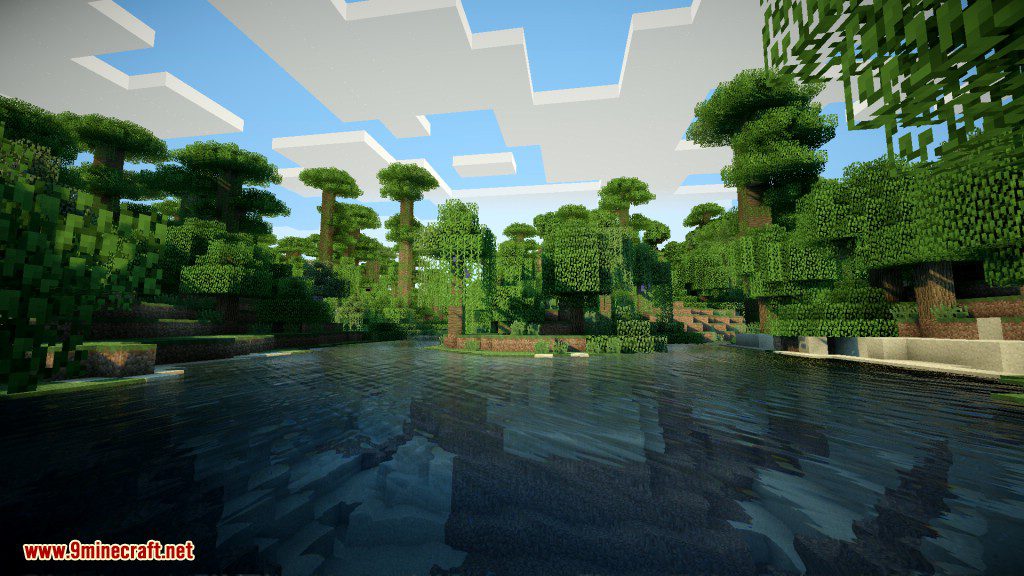The steps below will guide you through how to Install OS X Snow Leopard from a USB Flash Drive. Alternatively, you can also read these instructions on how to install OS X Lion from a USB Flash Drive.
The free version limits output to 720p video quality with the paid for Pro version offering highly quality output options. That said, this will let you output directly to YouTube and there are lots of other options including Vimeo, Facebook and more, with the H.264 codec for web friendly viewing.
Apple officially released Snow Leopard a couple years ago and consumers can still find the latest version of OS X at Apple Stores and resellers across the country.
At version 10.6, Snow Leopard, focused more on improving speed and performance than adding new features to OS X. With the operating system available to customers, individuals are ready for their upgrades.
If you are a Windows PC user with little or no experience with a Mac, you should check in advance whether there is a Mac version of the software you use, especially when many customized programs in professional fields only have a Windows version. You must not change the system if so. Transfer your data to your new MacBook Pro. It's easy to move your files and settings from another Mac or PC to your MacBook Pro. You can transfer information to your MacBook Pro from an old computer—or from a Time Machine backup on a USB storage device—either wirelessly, or with an Ethernet cable and adapters.
Installing OS X From a USB Drive

Like other versions of OS X, Snow Leopard can be installed from a USB drive. This is especially beneficial to Macbook Air users looking to install the OS without a DVD drive. To do this, you'll need to prepare your USB drive with the installation files. Like many of our other Mac Help articles, the steps listed below worked particularly for Snow Leopard but should also work for installing OS X from USB on Leopard.

The installation files sit at 6.2gb on the Snow Leopard DVD, so you'll probably need a drive that has at least 8gb available. If you want your installation files to last against the elements, check out this 8 GB Water/Shock Resistant USB flash drive.
After you've gotten the correct USB device, connect it to your Mac and prepare it with the Snow Leopard installation files by following these steps:
NOTE:Depending on your flash drive, you may need to follow steps 5 – 7 on installing onto a USB drive to make sure the drive is bootable before you get start. This includes updating the options for the partition so that it is set to a GUID partition. If the USB drive is not bootable you will NOT be able to install from it.
- Open Disk Utility and select the Flash Drive
- Select the Erase tab on the right and then set Format to Mac OS Extended (Journaled). Name the partition you'll be creating Snow Leopard or OS X Install so you can keep track of your installation device. After you've done this, click the Erase button.
- After Disk Utility finishes erasing your old data on the flash drive and setting it as a new partition, it will be ready for the Snow Leopard install files. Select the Restore tab at the top and then drag the Snow Leopard DVD to the Source field. Select your USB device for the Destination file. Click Restore and wait for the restoration to finish (about 20 minutes).
- If the restoration worked correctly you should be able to open your USB device and see the Leopard installation files. If you try and click the Install OS X Snow Leopard icon, you'll get the message below telling you you can' install OS X from this volume. IGNORE the message. The next steps will walk you through the installation steps.
- Now that the installation files are successfully on your USB device, be sure to remove the Snow Leopard installation DVD from your drive. Next, restart your Mac and when it first starts to reboot, be sure to hold down the option (alt) key on your keyboard. After a few seconds at least two volumes should appear for you to select from for installation. One of those will be the USB drive we just prepared. Select it.
- After the Snow Leopard installation software boots from your USB drive, follow the on screen instructions for installation. It took about 38 minutes to install Snow Leopard on my machine from the USB drive. I'm curious to see how this compares to the average Mac users, please leave a post in the comments letting us know how long it took on your machine.
- After the installation finishes, it will reboot your computer into your new upgraded version of OS X, version 10.6 Snow Leopard
This method works for installing OS X Snow Leopard onto a Mac from a USB Drive. It should also work for installing Leopard or other older versions of OS X on Intel Based Macs. Check back often for additional help and tips for your Mac.
How Do I Download An Older Version Of Imovie On A Mac

Like other versions of OS X, Snow Leopard can be installed from a USB drive. This is especially beneficial to Macbook Air users looking to install the OS without a DVD drive. To do this, you'll need to prepare your USB drive with the installation files. Like many of our other Mac Help articles, the steps listed below worked particularly for Snow Leopard but should also work for installing OS X from USB on Leopard.
The installation files sit at 6.2gb on the Snow Leopard DVD, so you'll probably need a drive that has at least 8gb available. If you want your installation files to last against the elements, check out this 8 GB Water/Shock Resistant USB flash drive.
After you've gotten the correct USB device, connect it to your Mac and prepare it with the Snow Leopard installation files by following these steps:
NOTE:Depending on your flash drive, you may need to follow steps 5 – 7 on installing onto a USB drive to make sure the drive is bootable before you get start. This includes updating the options for the partition so that it is set to a GUID partition. If the USB drive is not bootable you will NOT be able to install from it.
- Open Disk Utility and select the Flash Drive
- Select the Erase tab on the right and then set Format to Mac OS Extended (Journaled). Name the partition you'll be creating Snow Leopard or OS X Install so you can keep track of your installation device. After you've done this, click the Erase button.
- After Disk Utility finishes erasing your old data on the flash drive and setting it as a new partition, it will be ready for the Snow Leopard install files. Select the Restore tab at the top and then drag the Snow Leopard DVD to the Source field. Select your USB device for the Destination file. Click Restore and wait for the restoration to finish (about 20 minutes).
- If the restoration worked correctly you should be able to open your USB device and see the Leopard installation files. If you try and click the Install OS X Snow Leopard icon, you'll get the message below telling you you can' install OS X from this volume. IGNORE the message. The next steps will walk you through the installation steps.
- Now that the installation files are successfully on your USB device, be sure to remove the Snow Leopard installation DVD from your drive. Next, restart your Mac and when it first starts to reboot, be sure to hold down the option (alt) key on your keyboard. After a few seconds at least two volumes should appear for you to select from for installation. One of those will be the USB drive we just prepared. Select it.
- After the Snow Leopard installation software boots from your USB drive, follow the on screen instructions for installation. It took about 38 minutes to install Snow Leopard on my machine from the USB drive. I'm curious to see how this compares to the average Mac users, please leave a post in the comments letting us know how long it took on your machine.
- After the installation finishes, it will reboot your computer into your new upgraded version of OS X, version 10.6 Snow Leopard
This method works for installing OS X Snow Leopard onto a Mac from a USB Drive. It should also work for installing Leopard or other older versions of OS X on Intel Based Macs. Check back often for additional help and tips for your Mac.
How Do I Download An Older Version Of Imovie On A Mac
If you are a Windows PC user with little or no experience with a Mac, you should check in advance whether there is a Mac version of the software you use, especially when many customized programs in professional fields only have a Windows version. You must not change the system if so.
Older Version Of Imovie For Mac
And if you are an common user and only need to deal with some copywriting, surfing, entertainment, etc., then M1 Mac is definitely worth a try. The biggest advantage of macOS is that it saves worries, and the operation logic is closer to our familiar smart phones. Also, unlike Windows computer, there will never be any annoying pop-up ads or unexpected maleware on a M1 Mac.
If your work environment or workflow requires Windows to collaborate with your colleagues, it's best not to choose a Mac, and don't even think about installing Windows OS on a Mac. Because the current M1 Mac does not support to install Windows OS, and even if you made it via virtual machine later, don't forget that the M1 chip is of ARM architecture, and compatibility will be very poor.
For long-time Mac users who rely on your computer for a living, I would also recommend you to wait for a while. Although current reviews have shown that the M1 chip scores much better than older Intel-based models, the change to an ARM processor requires a lot of software to be re-adapted or converted, which can lead to compatibility and performance loss issues. This is not a good thing for professional users who has high stability requirements.
